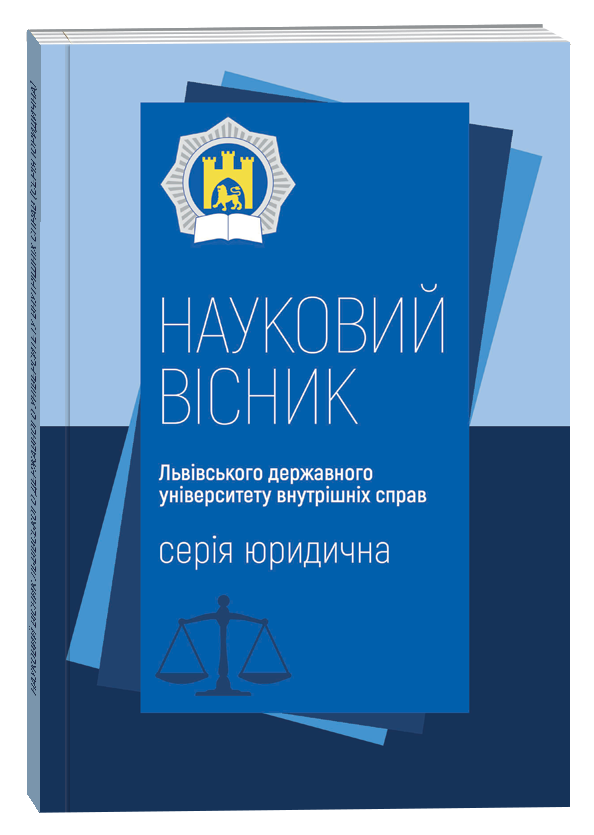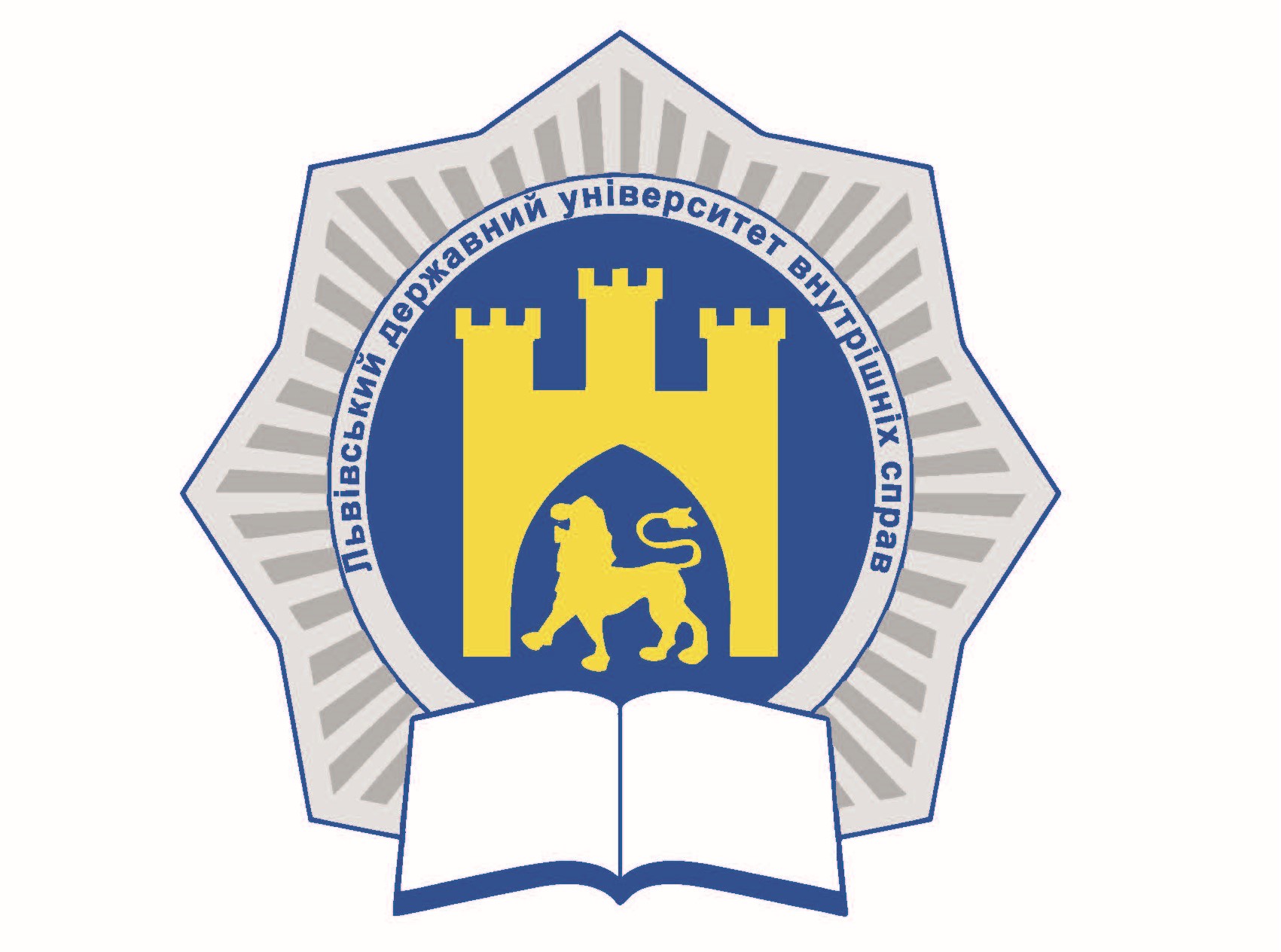THE MAIN HISTORICAL METHODS OF LEGAL INTERPRETATION: JEWISH AND ROMAN SCHOOLS
DOI:
https://doi.org/10.32782/2311-8040/2024-1-20Keywords:
law, interpretation of law, interpretation of law, Jewish school of interpretation, Roman school of interpretation, methods, methods of interpretation of lawAbstract
The article is devoted to the study of the main historical methods of law interpretation. Specifically, attention is paid to the Jewish and Roman historical schools. This topic is quite relevant in our time, since this issue is not sufficiently developed in the national science. There are a large number of works that study modern methods of legal interpretation, but very little attention is paid to the study of the historical origins of legal interpretation. The study of this topic will allow for a deeper exploration of the phenomenon of historical methods of interpretation, analysis of the reasons for their origin and development, and will also enrich legal science with new ideas and theories. The author establishes that Jewish and Roman thought had the greatest influence on the modern interpretation of law. Interpretation of law within these social communities was largely conditioned and linked to the sacred principle which developed its own methods of interpretation. The author suggests that these schools of legal interpretation are not identical, they stand apart and have their own specific differences. The author also provides a number of real-life examples and circumstances from the contemporary sources of law for a more detailed analysis of the issues raised, which serves as an evidence base for each type of the above methods. Based on the data obtained, the author found that the Jewish interpretation of law is more theological in nature and is based on religious texts. And the Roman interpretation of law was initially sacred in nature, but very quickly departed from its origins and began to develop in a different way, namely, giving preference to the laws and interpretations of prominent lawyers of the time. The author concludes that, in the aggregate, the above historical schools of legal interpretation laid the foundations of legal interpretation itself and, many millennia ago, formed the methods of legal interpretation which are still successfully used both in theory and in practice.
References
Цвігун Л. А. Правила тлумачення Галахи (Єврейського релігійного права). Актуальні проблеми політики : зб. наук. пр. / редкол. : С. В. Ківалов (голов. ред.), Л. І. Кормич (заст. голов. ред.), Ю. П. Аленін та ін.; МОНмолодьспорт України, НУ ОЮА. Одеса : Фенікс, 2011. Вип. 43. С. 257–267.
Еврейська енциклопедія: в 16 т. Т. 8. А-Алмемар. Вид. Брокгауз-Ефрон, [1908-1913]. 967 c. Режим доступу http://resource.history.org.ua/item/0013417.
Lifshitz B. Israel Law and Jewish Law. Israel Law. Forty Years. 1990. 507 р.
Rene David. Les grands systems de troit contemporains. Universite Pantheon-Assas. Paris. 1992. 400 p.
Garcia Garrido M.H. Roman private law: Cases, claims, institutions. 2005. 812 р.
Sanfilippo C. Course of Roman private law: textbook / Cesare Sanfilippo. M.: BEK, 2002. 400 р.
Kipp T. History of the sources of Roman law. 1908. 152 р.
Digestyi Yustiniana / translation from Latin executive editor L. L. Kofanov. К. : Statut, 1998. T. I. 584 s.
Lutsiy Anney Seneka. Lutsiliy moral letters / translation from Latin executive editor S. A. Osherova. К. : Nauka, 1977. 384 р.









